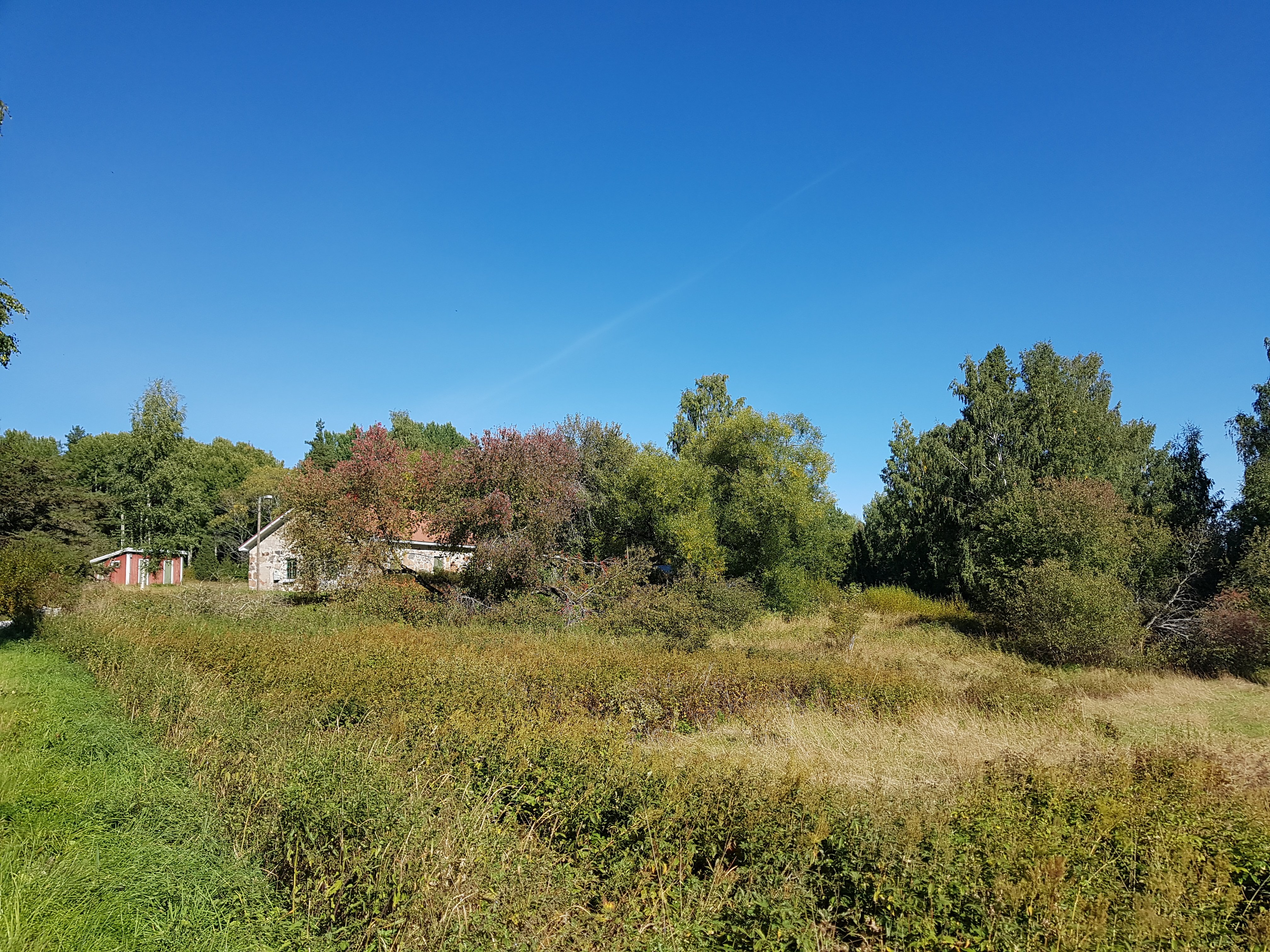“The Kalkkistenkoski rapids are by far the most significant breeding area for lake trout in southern Lake Päijänne,” says Hannu Heinonen.
Heinonen chairs the Board of the Finnish Recreational Fishing Museum Foundation and leads the fishery restoration project for the Kalkkistenkoski rapids. The Foundation’s goal is to develop and promote nationwide recreational fishing museum activities. According to Heinonen, Kalkkistenkoski in Asikkala in southern Finland is a typical example of rapids restoration.
“Back then, it was cleared for wood transports, among other things,” says Heinonen.
The rapids area covers around 30 hectares, nearly two of which will now be restored. Restoration will improve the natural life-cycle and fry production of lake trout in Lake Päijänne and Lake Ruotsalainen. Including the preliminary survey and planning stages, the project has been running for a few years.
“The focus is on building areas for fry,” says Heinonen.
Habitats are created by spreading the discharge and building spawning areas and protective areas for fry. This enables a larger natural production of trout fry.
“When trout fry hatch, they spends around eighteen months in the rapids area. To survive, the fry need sheltered rocky areas and enough food,” says Heinonen.
Today, natural spawning is partly wasted because there are not enough sheltered habitats for the newly hatched fry. Fishery restoration is the only sustainable method for securing the populations of the threatened lake trout in Lake Päijänne, as transplanting has proved inefficient.
Also benefits other species
The restoration of the Kalkkistenkoski rapids will revive the natural lake trout populations in the southern parts of Lake Päijänne and in Lake Ruotsalainen in addition to inspiring similar restoration initiatives in smaller spawning and breeding areas. The restoration will also benefit other species living and breeding in the Kalkkistenkoski rapids, including whitefish, smelt, grayling and crayfish.
“The return of lake trout to the natural fish fauna of Lake Päijänne will restore the lake’s reputation as a site for recreational fishing and will increase its value,” says Heinonen.
The project’s last stage is at hand. “Metsä Group’s funding has been crucial to the third phase and its implementation,” says Heinonen. Without the latest funding decision, the project would have remained unfinished.
“We’re carrying out important work. If we don’t promote recreational fishing in the coming years, we won’t have anything to display in museums soon,” Heinonen points out.
Improving the living condition of pollinators
The Pölyttäjälinna “pollinator castle” project established in the Nakolinna hillfort in Salo, in the southwest of Finland, is another project that received funding from Metsä Group.
“This project was triggered by global concerns about the decline in pollinators,” says Project Manager Sara Turunen.
Turunen leads the Pölyttäjälinna project in Tapio Palvelut Oy, a provider of forestry solutions. The project also involves the City of Salo, the Finnish Environment Institute and the Centre for Economic, Development, Transport and the Environment of Southwest Finland. It is a continuation of the government-funded Pölymetsä project, which focused on ways to help pollinators in forested environments.
Municipal forests and meadows are very important for pollinators. The project will present ways for municipalities to pay attention to pollinators while safeguarding biodiversity. Municipal activities put the national pollinator strategy into practice.
Nakolinna was chosen as the project site based on a proposal by the City of Salo. The area has a colourful cultural history, stretching back thousands of years. Relics from the Iron Age have been found there, in addition to historical buildings and remains of traditional agriculture and manor life.

Nakolinna is still home to meadows considered traditional biotopes, along with flora useful to pollinators. The goal is to make Nakolinna an attractive habitat for pollinators through nature management. This is what “pollinator castle” refers to.
“The Nakolinna area used to be a settlement surrounded by open fields and meadows. The forests were more open wooded pastures for grazing. Over the years, the fields have been covered by forests, and the meadows are growing over. However, the area remains home to an abundance of typical meadow species.
“The goal of our current measures is to support the living conditions of these species and enable them to return to their old habitats,” says Turunen.
Wooded areas contribute to this goal, with flowering deciduous trees providing nutrition to pollinators.
The area to be restored covers approximately ten hectares, including park woodland, meadow vegetation, wooded pastures, traditional landscapes and traditional biotopes.
The great importance of funding
The Pölyttäjälinna project was launched in mid-September. According to Turunen, work is underway on the management plan and the related measures.
Metsä Group’s funding is very important for the project’s implementation. A management plan was drawn up for the area a decade ago, but for financial reasons, it was never put into practice.
“We will update the old plan and hope to restore this regionally valuable part of the meadow system so that meadow species can thrive here better than before,” says Turunen.
Most of Metsä Group’s funding will be allocated to the project’s implementation. The amount of decaying wood will be increased by making high biodiversity stumps, while ground vegetation and shrubs will be cleared to give flowers and honey plants more space to grow. Some of the largest trees will be removed.
“Dense spruce forests are unfavourable for pollinators. They are dark and lack ground vegetation suitable for pollinators. The removal of trees also increases the temperature, which benefits pollinators,” says Turunen.
There are plans to graze sheep in the area as a sustaining measure.
Text: Annamari Heikkinen
This article was originally published in issue 4/2022 of Metsä Group’s Viesti magazine





